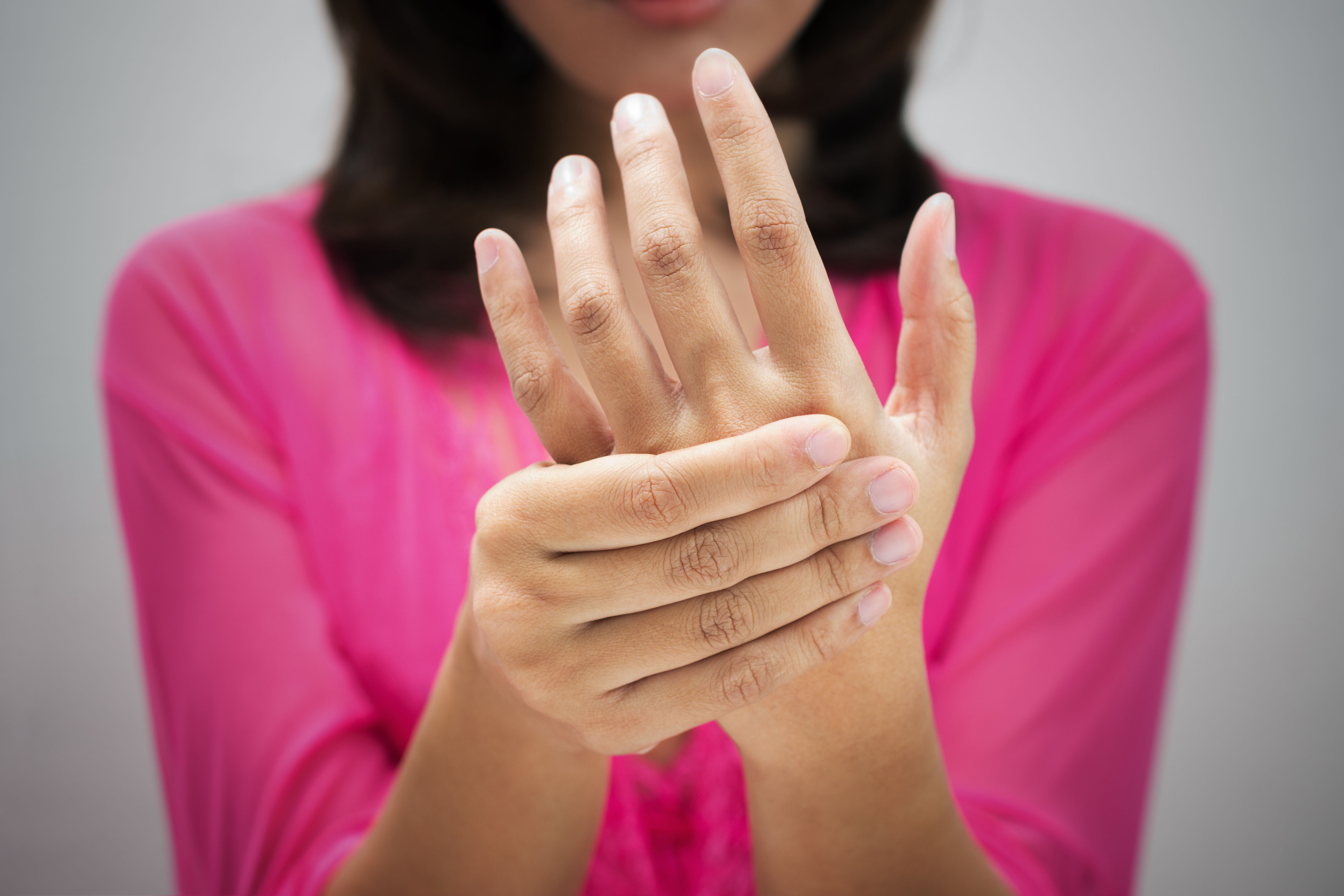

People who work with their hands or use them repetitively are at risk for carpal tunnel syndrome. Job conditions-Workplace requirements, such as the use of vibrating tools or assembly-line equipment, can lead to carpal tunnel syndrome.This shrinks the space in your carpal tunnel, which can make you more likely to develop carpal tunnel syndrome. Body structure-A wrist fracture, a dislocation, or arthritis can make it hard to move your hand.Sex, because women are more susceptible than men to developing carpal tunnel syndrome.Bodily fluid retention, which can increase pressure on the median nerve.The use of medications such as anastrozole, a drug for breast-cancer patients.Rheumatoid arthritis and other inflammatory conditions.Medical disorders, such as diabetes, which cause nerve damage.Wrist or hand injuries, including fractures and dislocations.

Job requirements, such as the use of vibrating tools or assembly-line equipment.Risk factors that increase the likelihood of carpal tunnel syndrome include: This includes both dramatic single causes, such as wrist fractures, or more subtle multiple causes, such as the use of the hands in physically demanding tasks combined with other medical or anatomical factors. When you feel carpal tunnel symptoms, shaking your hands may help reduce your discomfort.Īny repetitive action or injury that irritates or places pressure on the median nerve can lead to carpal tunnel syndrome. Daytime symptoms usually occur when you perform activities with your wrist curved either toward you or away from you. This pain often makes it difficult to fall asleep or stay asleep throughout the night.

Many people sleep in a position that puts pressure on their wrist, causing pain and numbness. You may notice increased pain or discomfort in your wrist at night.

It also contains ligaments and tendons, which reinforce and strengthen the wrist-hand connection. The carpal tunnel is the median nerve’s pathway through the wrist into the hand, named for the small and irregularly shaped carpal bones that line the tunnel. It results from compression of the median nerve, which provides feeling and muscle mobility to the thumb, index, middle, and ring fingers, but not the pinky. Carpal tunnel syndrome is a medical condition associated with numbness, pain, and weakness in the wrists and hands.


 0 kommentar(er)
0 kommentar(er)
